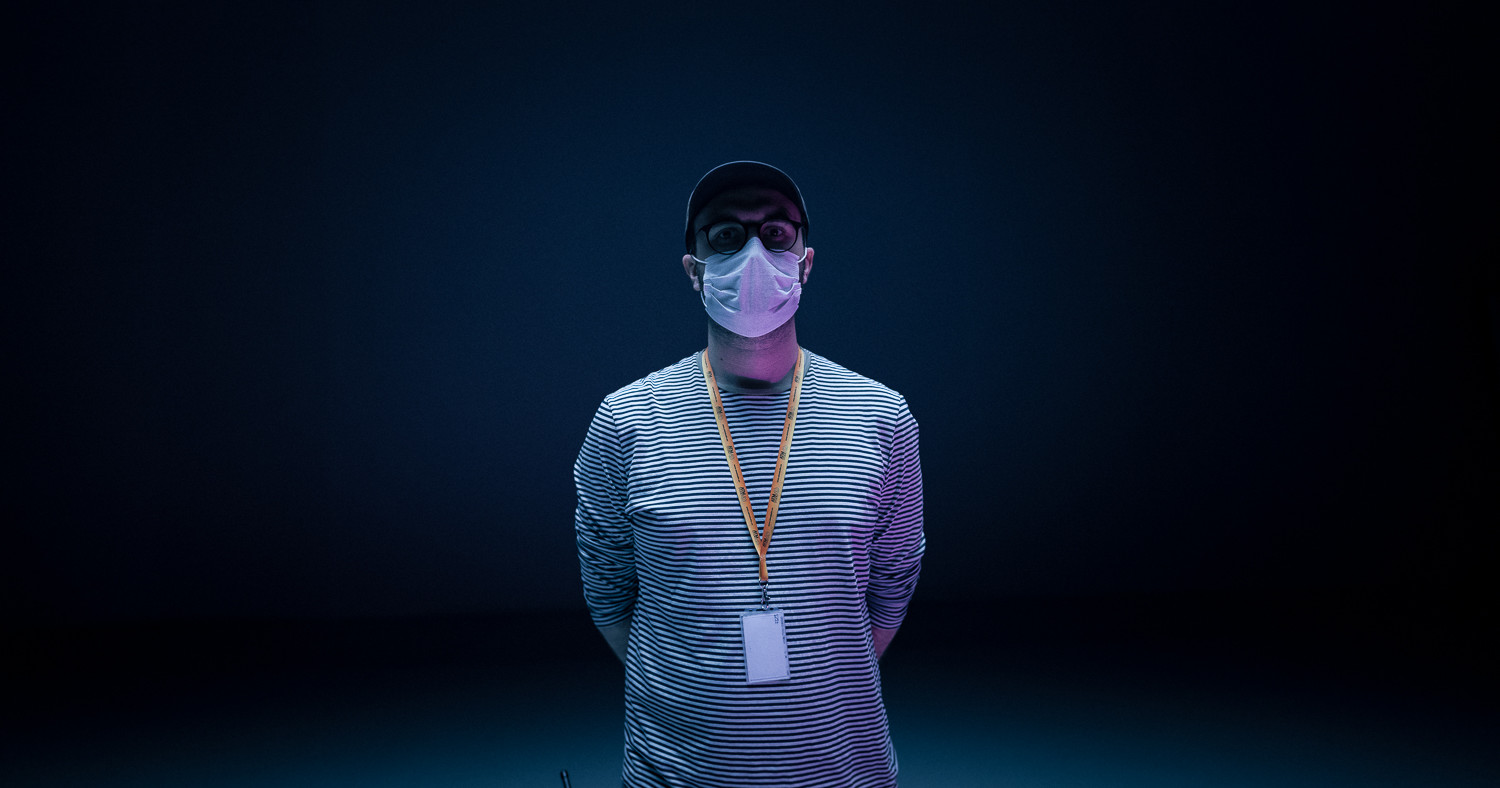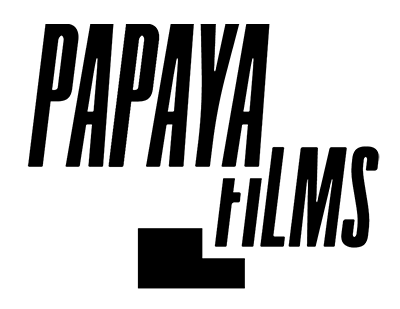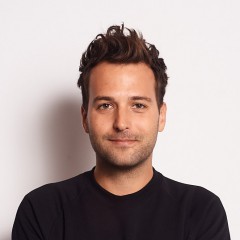Very few industries have remained untouched by the new coronavirus pandemic. Food joints, factories, and office buildings suddenly emptied, events and shows were cancelled, while governments scrambled to implement social distancing rules. Film production was no exception to the new, hurriedly drafted safety protocols. Crews, agencies, and clients all suddenly found themselves in a new reality that necessitated the implementation of extraordinary measures without compromising on the quality of the pursued projects. Read on to find out from Papaya Films producers how we organized and managed our production projects at various stages of the pandemic, eventually reaching nearly pre-pandemic levels of effectiveness.
New Dawn Fades
Every advertising project—regardless of whether produced during the pandemic or not—requires a personal touch, somewhat in spite of the crews’ reliance on established workflows. This new, unique situation required a rapid implementation of new production approaches from the top down. Initial Papaya Films recommendations concerning handling advertising projects during the pandemic were drafted back when it was in its early stages. Each script was to be consulted with the company’s legal department for compliance with the latest updates to safety regulations, which tended to change from one day to the next. The recommendations also stipulated providing PPE, verifying its certification, and developing wholly new on-set safety solutions, such as deploying disinfection tunnels, spot health checks, chaining workflows to enforce social distancing, and incorporating rigorous disinfection and ozoning protocols into everyday work on set.
“It’s a good moment to come up with new approaches to work, ones that will allow us to handle projects regardless of shape or budget,” says Iwona Mnich, Head of Development at Papaya Films, and adds: “We’re looking at a paradigm shift in the industry. Whatever workflows we had in place have to be overhauled and revamped, and that stimulates creativity.
A Closed Chapter
“The human factor is an essential part of the process,” explains Tomasz Kulesza, a producer with Papaya Films, who handled a couple of productions during the pandemic. While working on his projects, from the very first commercial produced without anyone leaving their homes, to more recent efforts with a crew and camera on set, he spoke at length with many of his coworkers and collaborators. The picture emerging from these conversations suggests that it was the open-mindedness of clients, agencies, and the advertising and film industries, that actually made work in these trying new circumstances possible.
“It was very important to us to consider everyone’s point of view going forward, as each of us has a very distinct idea of the whole situation,” Kulesza says.
One of his recent productions with Papaya Films was an ad for T-Mobile, a story about a young family having trouble staying in touch at a crucial moment, which was produced soon after state restrictions were eased enough to allow shooting it with a full crew—with necessary health and safety precautions in place of course. Over two shooting days, the forty-person crew visited a dozen different locations.
“That does not mean that the shoot looked anything like before the pandemic. In my opinion, there’s simply no going back to what it was like before. That’s a closed chapter,” says Tomasz Kulesza, stressing that much of the production process, eg. crafting the set decorations, making costumes, and casting, were all done remotely, with the parties responsible working from home. Simultaneously, Kulesza suggests that the new safety protocols for work on set, drafted in collaboration with the legal team and other Papaya Films’ departments, were a crucial element of the pre-production stage.
“We’re all still finding our bearings in this new situation. But given the fact that this new reality is expected to remain in place for quite some time, I imagine that many of the people that don’t have to physically be present for certain parts of the process will continue to handle their workloads remotely. Some parts will move to the digital realm for good, which will only expedite the process, rather than hamper it. For example, I imagine that some shoots abroad will be handled remotely or clients won’t have to be physically present on the set,” Kulesza adds.
Support From Home
Producing the campaign for cosmetics brand Resibo would not be able without the efforts of our people at home. Because it was produced back when government-mandated limits on assembly were much more stringent, the safety precautions had to follow suit.
“First and foremost, we cut down the number of people on set to the bare minimum. Rather than with a typical crew of around fifty, we did the campaign with ten people, maintaining strict health and safety protocols at all times. Also, the majority of people we worked with spent the two preceding weeks self-isolating,” says Karolina Korta, who served as a producer on the campaign. Logistics proved to be the one of most challenging aspects of the project. To comply with necessary safety precautions, sourcing people and resources had to look very different than it did before the pandemic. Casting was handled online, while the costume designer created outfits for all of the scenes and shipped them disinfected and sealed in individual packaging. The same went for set decorations. Additionally, we had designated backups for every essential person on set, to make sure that their absence did not halt the production.
“Much of the responsibility lay in the hands of people that had to be on set. But that was a conscious choice, made to ensure compliance with the necessary safety precautions,” Korta adds. The success of the Resibo campaign, and others produced under these new circumstances, hinged primarily on extensive prep work in the pre-production stage. In the case of Resibo, the client approved a custom moodboard we put together from sample footage and frames before anyone ever set foot on the set.
“We succeeded mostly thanks to the trust that was placed in us. Furthermore, once we established a workflow that delivered digital dailies to clients (we also shot analog, on 8mm film—ed. note) to be okayed, all of them told us that they’d like to continue using it going forward. With enough discipline, anything is possible,” Korta says.
To Save a Campaign
Shooting an ad in full lockdown was a brand new experience for everyone involved, but completing projects that were already in production proved an equally daunting challenge, as the introduction of severe distancing restrictions early in the pandemic came rather as a surprise. The ad for Castorama was basically ready for broadcast when we first began hearing alarms about the new coronavirus spreading across the globe. Eventually, the decision was made, even before the first coronavirus case was announced in Poland, to move principal photography from Madrid to a soundstage in Poland.
“This guaranteed that the production would continue. We shot everything in four days, and we managed to put the finished commercial on the air right about when most of the industry ground to a halt,” says Michał Trusiewicz, a producer on the Castorama campaign. The initial concept—which envisioned a family trip to a home improvement store to buy garden furniture—was no longer viable in light of the social distancing restrictions introduced in the country and the state-mandated closure of stores.
“There was no way we could fix it with clever editing, so the agency overhauled the script to focus on contactless shopping from home,” Trusiewicz says. This led to the first-ever attempt in Poland to shoot a commercial with nothing more than a skeleton film crew.
“Things that prior to the pandemic were rather obvious now had to be rethought and adapted to fit our new realities. But before we could do anything, we first had to consult with legal teams, ours and the clients’ because our every effort would still have to comply with shifting state regulations and restrictions,” Trusiewicz adds. These regulations necessitated the introduction of a step in-step out system that enabled all crew—lighting techs, set designers, or surface sanitation personnel—to work in non-overlapping timeframes and leave the location without any unnecessary interaction. The director, agency personnel, and the clients, on the other hand, participated in the process entirely remotely, phoning in from their homes.
Adapting to opportunities
“We moved into production as people were already making their peace with the reality of the pandemic. But that does not mean it was any easier. This was a wholly novel endeavor and that is never easy,” says Sebastian Jurczek, responsible for a campaign for Lech that was produced during the pandemic. The concept behind the ad was designed specifically to fit production capabilities circumscribed by state-mandated restrictions. The ad, “W kolorze nadziei” (“The Colors of Hope”), tells the stories of people who decided to not simply sit out the quarantine, but take up small but significant efforts to help others in times of crisis, like sewing masks for strangers or picking up groceries for at-risk neighbors.
According to what was already standard operating procedure by that time, pre-production was handled remotely, and the casting was conducted in a contactless manner. “We had an excellent communication and material workflow between the production crew, the agency, and the client in place, which smoothed the whole process considerably,” Jurczek says.
Although the production involved ten different locations and a complex logistics chain, the team managed to pull it off without a hitch and in full compliance with the necessary safety precautions.
“You could say that with twenty campaigns under our belt, with a total of thirty-five shooting days, we’re the most experienced outfit in Poland in terms of producing in pandemic conditions, maybe even worldwide. And excellent in-house cooperation between individual departments definitely helped put us there. We began sharing our experiences the very first day we found ourselves in this novel reality, which made every subsequent project that much easier,” Jurczek adds.
Stay Home, Shoot an Ad
Some of the campaigns were produced entirely remotely, particularly in the early stages of the pandemic when the government still discouraged leaving home for any reason other than groceries or mental health, which rendered the prospect of shooting on set with a skeleton crew unfeasible.
“The lockdown forces us to come up with novel ideas and production techniques. This, in turn, enabled us to create better content,” says Sebastian Jurczek, who also produced the latest Captain Jack ad, based on user-generated content: it tells the story of a pack of friends who decide to #stayhome and party together using online messaging platforms. The actors recorded themselves using sterilized equipment they were provided (smartphones or laptops), while the project was coordinated remotely by the director and the production team.
“Kuba Michalczuk (the director) wrote a very detailed production brief, which told the actors exactly what they were supposed to record. He also edited all the footage as it came in and sent the final product to us, so we could show it to the client,” Jurczek adds. The approach ultimately succeeded thanks to actors that were well clued in to our expectations, high-speed Internet, and reliable equipment.
“We were almost entirely dependent on technology and amateur cinematographers, after all actors can know next to nothing about filmmaking itself. The approach could have gone sideways in a number of ways, but as a producer, you can’t really think about that, you just cover all of your bases and every contingency,” Jurczek says.
Live From Home
The introduction of severe distancing restrictions also affected the production of a T-Mobile commercial slated for March. The situation, brought on by the accelerating pace of the pandemic, was tackled very quickly—barely 72 hours passed from the idea being conceived at DDB to releasing the footage for broadcast.
“Back then we tried to develop a production approach that would help us respect the public’s strenuous efforts to flatten the curve,” recalls Tomasz Kulesza, a producer with Papaya Films. The first-ever campaign produced in Poland in pandemic conditions told the story of five families sitting at home and dealing with their new reality, which involved parents trying to work, kids trying to sit through online classes, and everyone struggling to remain in touch with not only each other but their loved ones outside the home, using technology to do so. The production, which remained contactless from start to finish, involved a cast of amateurs who used their smartphones to record what their day now looked like. The director, Papaya Films-represented filmmaker Tomasz Knittel, was tasked with going through all of the footage the actors recorded at home and then putting it all together into a cohesive story without ever setting foot on set.
“We soon realized that we were responsible not only for ourselves, but other people in the process, too. We wanted to show that this new reality of ours could be embraced. At that moment, we did not want to wait until the circumstances changed dramatically, because we were all well aware that this might take some time. That’s why we decided to adapt ourselves to the situation, and not the other way around,” Kulesza adds.
see also
- Announcing the Winners of the Papaya.Rocks Film Festival Papaya Rocks Film Festival
News
Announcing the Winners of the Papaya.Rocks Film Festival
- Do Nolan Films Have a Sound Mixing Problem? Director Addresses Complaints
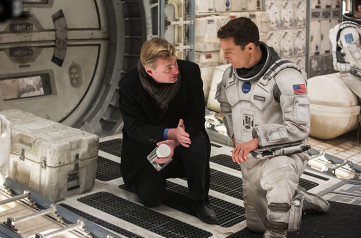
News
Do Nolan Films Have a Sound Mixing Problem? Director Addresses Complaints
- A Forest on Rails – Anti-Smog Tram to Hit the Tracks

News
A Forest on Rails – Anti-Smog Tram to Hit the Tracks
- Wes Anderson Debuts as Art Curator
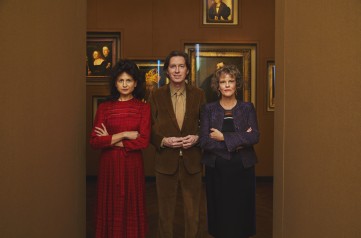
News
Wes Anderson Debuts as Art Curator
discover playlists
-
filmy
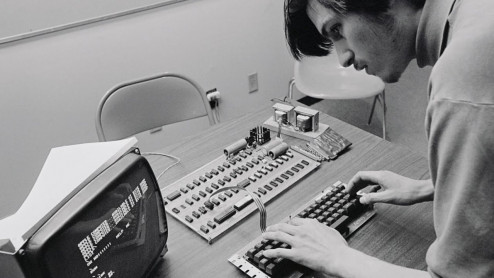 01
01filmy
-
Muzeum Van Gogha w 4K
 06
06Muzeum Van Gogha w 4K
-
Domowe koncerty Global Citizen One World: Together at Home
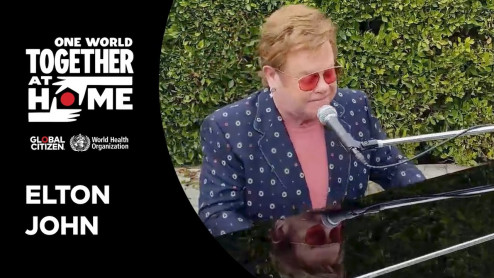 13
13Domowe koncerty Global Citizen One World: Together at Home
-
Tim Burton
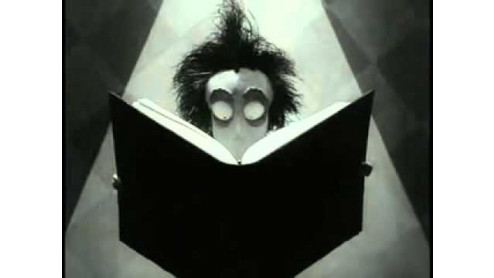 03
03Tim Burton
